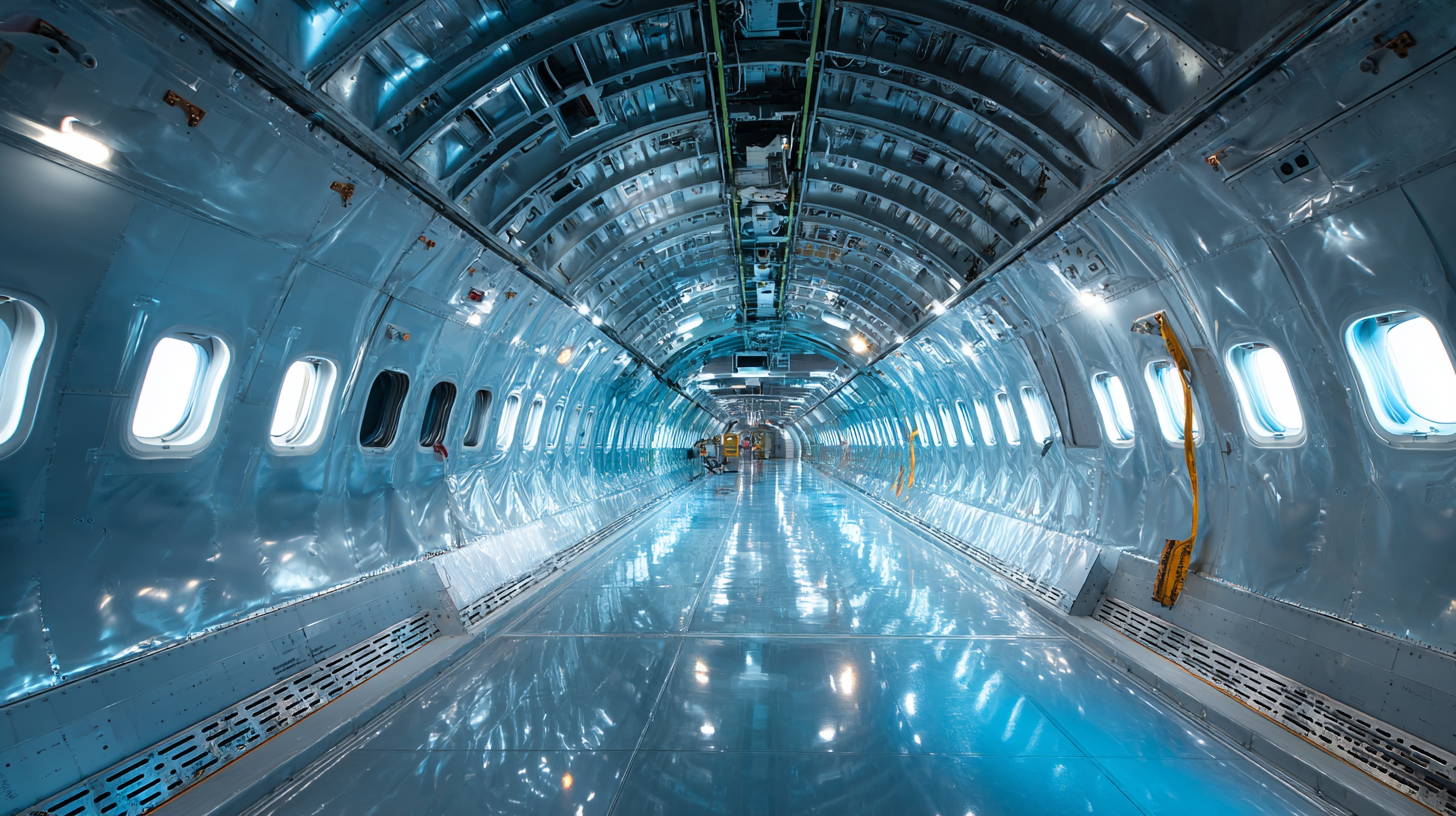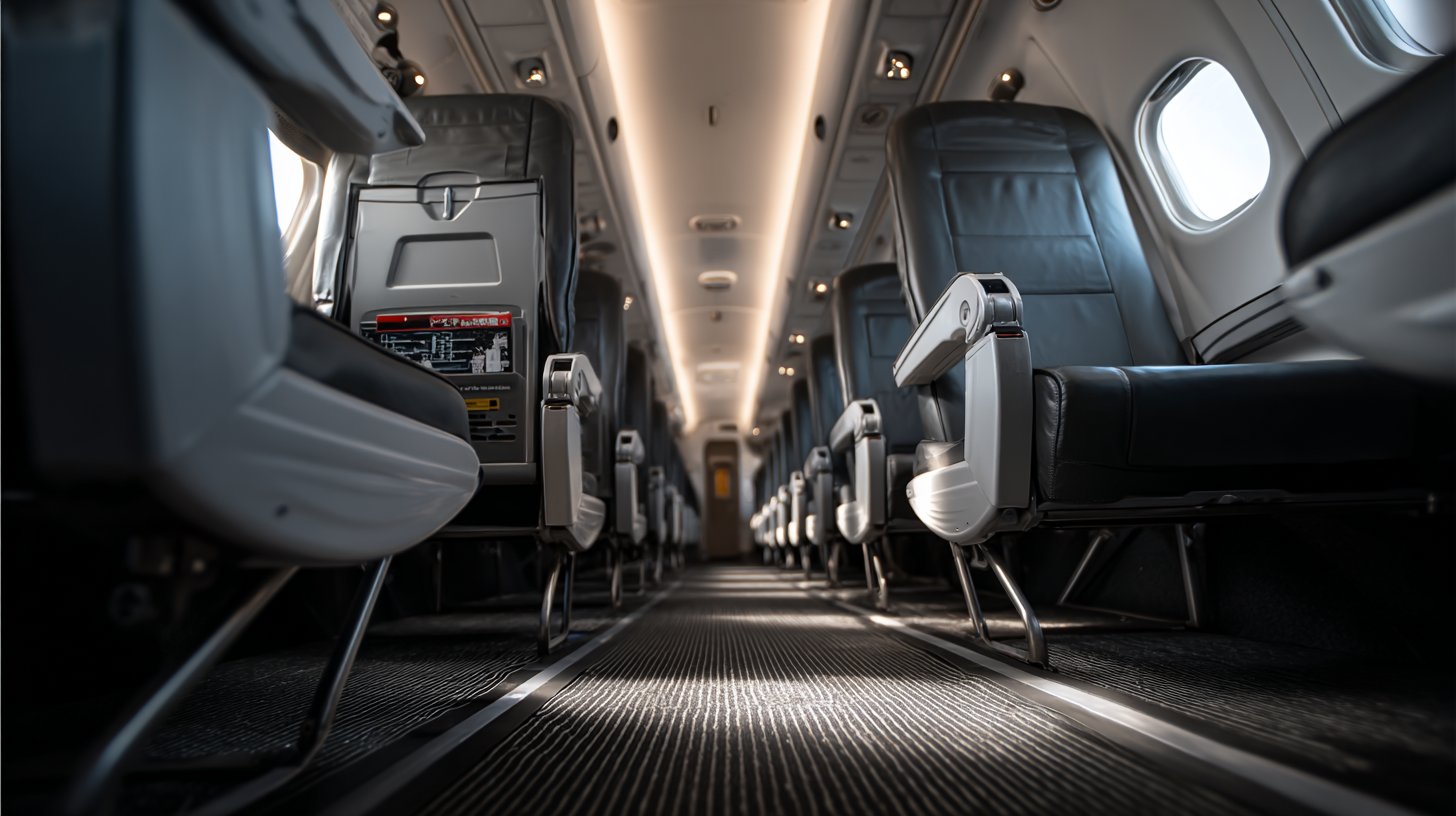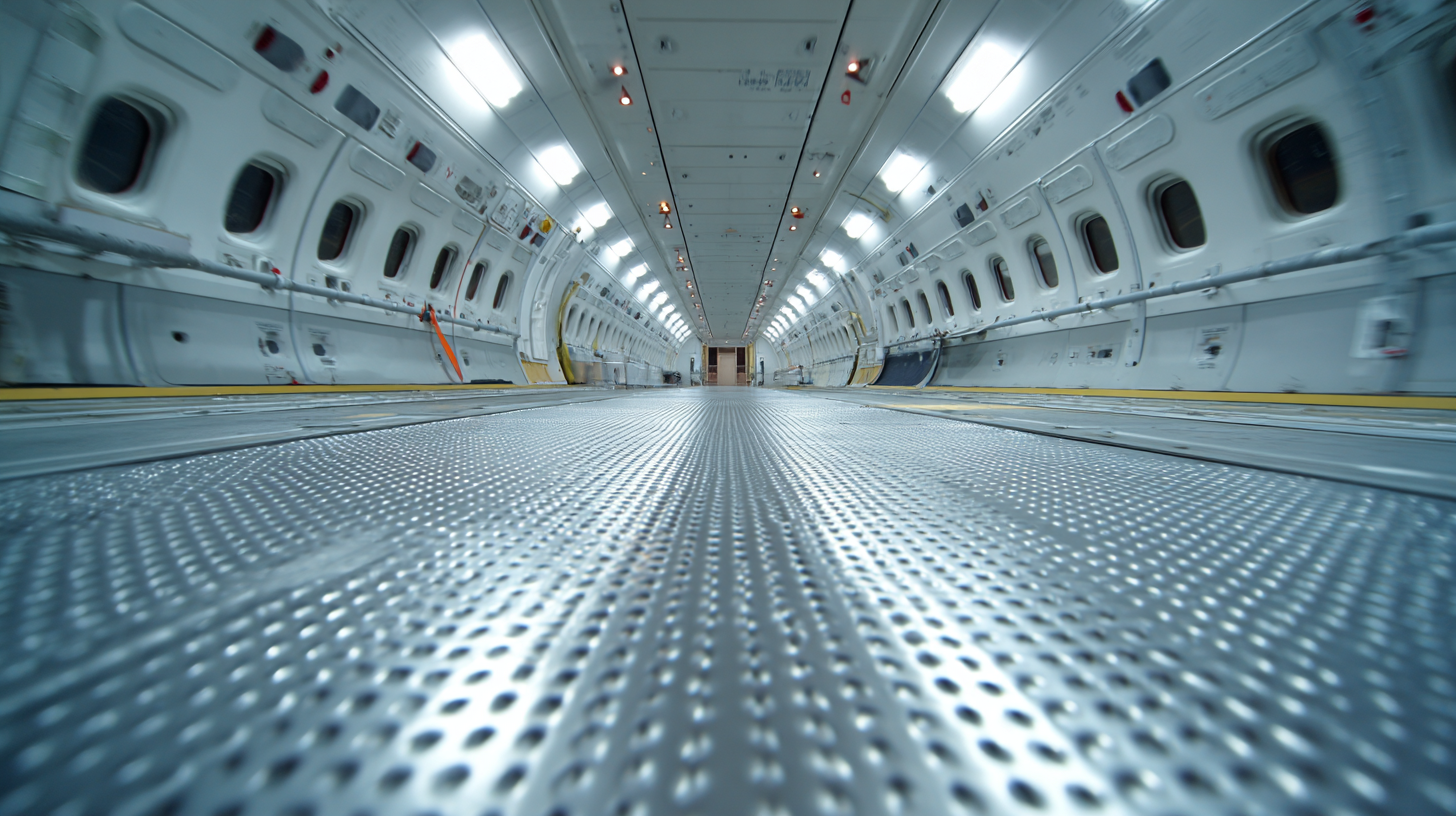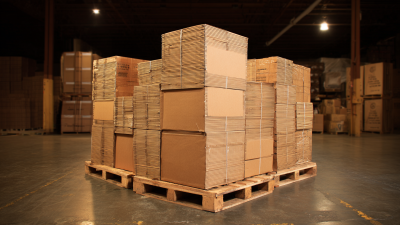
 In the aviation industry, ensuring safety on board is paramount, and one often overlooked aspect is the use of Aircraft Anti Slip Paper. According to the Federal Aviation Administration (FAA), slip and trip incidents account for a significant percentage of injuries in aircraft operations, highlighting the need for effective measures to enhance traction on surfaces. The right Aircraft Anti Slip Paper can reduce the risk of accidents by providing superior grip, even in high-traffic areas or under challenging conditions. A report by the International Air Transport Association (IATA) suggests that slip-related incidents can lead to costly damages and increased operational disruptions, emphasizing the importance of selecting high-quality anti-slip materials. This guide will explore the key factors to consider when choosing the right Aircraft Anti Slip Paper, ensuring maximum safety for both crew and passengers during flight operations.
In the aviation industry, ensuring safety on board is paramount, and one often overlooked aspect is the use of Aircraft Anti Slip Paper. According to the Federal Aviation Administration (FAA), slip and trip incidents account for a significant percentage of injuries in aircraft operations, highlighting the need for effective measures to enhance traction on surfaces. The right Aircraft Anti Slip Paper can reduce the risk of accidents by providing superior grip, even in high-traffic areas or under challenging conditions. A report by the International Air Transport Association (IATA) suggests that slip-related incidents can lead to costly damages and increased operational disruptions, emphasizing the importance of selecting high-quality anti-slip materials. This guide will explore the key factors to consider when choosing the right Aircraft Anti Slip Paper, ensuring maximum safety for both crew and passengers during flight operations.
When selecting aircraft anti-slip paper, understanding the materials and features is crucial for ensuring maximum safety. Anti-slip paper typically comprises a blend of synthetic materials like polyurethane and rubberized textures that enhance friction. According to a report by the International Air Transport Association (IATA), the use of high-quality anti-slip materials can reduce slip and fall incidents by up to 45%, underscoring their importance in aviation safety.
One critical feature to consider is the paper's grip performance under various conditions. High-performance anti-slip materials are designed to withstand extreme temperatures and moisture, which is vital in aircraft environments. A study from the Aerospace Maintenance and Regeneration Group (AMRG) indicates that anti-slip papers with a high coefficient of friction (above 0.7) perform better in both dry and wet conditions.
Tips: Always verify the compliance of the anti-slip paper with aviation safety regulations and select products that have been tested rigorously in real-world conditions. Additionally, consider the paper's durability and ease of application, as these factors greatly affect its long-term effectiveness and maintenance needs, ensuring continued safety throughout its usage.

When choosing the right aircraft anti-slip paper, evaluating grip performance is essential for ensuring maximum safety. One of the primary factors to consider is the texture of the anti-slip material. A rougher surface generally provides better grip, as it minimizes the risk of slipping during movement. Different environments may require varying textures, so it is crucial to assess the specific conditions in which the anti-slip paper will be used, such as exposure to moisture or extreme temperatures.
Another important consideration is the adhesion strength of the anti-slip paper. It should adhere effectively to the aircraft surface, maintaining its grip even under high foot traffic or vibration conditions. Reviewing the manufacturer's specifications and performance tests can provide valuable insights into how well the material will perform over time. Additionally, look for anti-slip products that have been certified by aviation safety standards, ensuring they meet rigorous safety requirements. By prioritizing these factors, you can significantly enhance grip performance and contribute to overall safety in aviation operations.
When selecting aircraft anti-slip paper, proper sizing and fitting are critical to ensuring safety and functionality. According to a report by the Federal Aviation Administration (FAA), over 30% of slip-related incidents in aviation can be attributed to inadequate surface coverage. Ensuring that the anti-slip material fits correctly can significantly reduce the risk of accidents during critical maneuvers, such as boarding or unloading cargo.

To achieve optimal results, it is essential to measure the area where the anti-slip paper will be installed accurately. The anti-slip paper should cover the entire surface without overlaps or gaps. Industry standards recommend that the anti-slip material should extend at least 1 inch beyond the main walking surface to provide a buffer zone that enhances grip and traction. Companies such as 3M supply comprehensive fitting guides that can aid operators in selecting the right size for their specific aircraft models, highlighting the importance of attention to detail in enhancing safety measures onboard.
When installing aircraft anti-slip paper, proper application techniques are crucial for ensuring maximum safety. Industry reports indicate that improper installation can reduce effectiveness by up to 30%, posing risks during critical operations. To achieve optimal adherence, it is essential to prepare the surface adequately by cleaning and ensuring it is free from dust and moisture. A dry environment with a temperature range between 60°F and 80°F is recommended to enhance adhesive performance.
The application process itself benefits from following specific best practices. Start by peeling the backing slowly while aligning the anti-slip paper accurately on the designated area. Using a roller can help eliminate air bubbles and ensure firm bonding; studies show that proper application significantly increases the longevity of the product, with some materials reportedly lasting over five years in high-foot-traffic areas. Lastly, regularly inspect the installed paper for signs of wear or damage, as early detection can prevent larger safety issues down the line. Adhering to these techniques will not only extend the lifespan of the anti-slip surface but also enhance overall safety in aircraft operations.
Proper maintenance and timely replacement of aircraft anti-slip paper are crucial for ensuring the safety and compliance of aircraft operations. According to the FAA's Advisory Circular 150/5340-30, maintaining non-slip surfaces is essential for preventing accidents during the boarding and alighting of passengers and crew. Regular inspections, at least once every 90 days, are recommended to assess the condition of the anti-slip paper, as worn or damaged surfaces can significantly increase the risk of slips and falls.
In addition to routine maintenance, it is important to adhere to the manufacturer's guidelines regarding replacement intervals. Data from the National Transportation Safety Board (NTSB) indicates that improperly maintained surfaces contribute to approximately 20% of reported slip-related incidents in civil aviation. By implementing a proactive maintenance schedule and utilizing high-quality anti-slip materials, operators can enhance safety measures and ensure compliance with industry regulations, thereby reducing liability and fostering a safer environment for all aboard.












